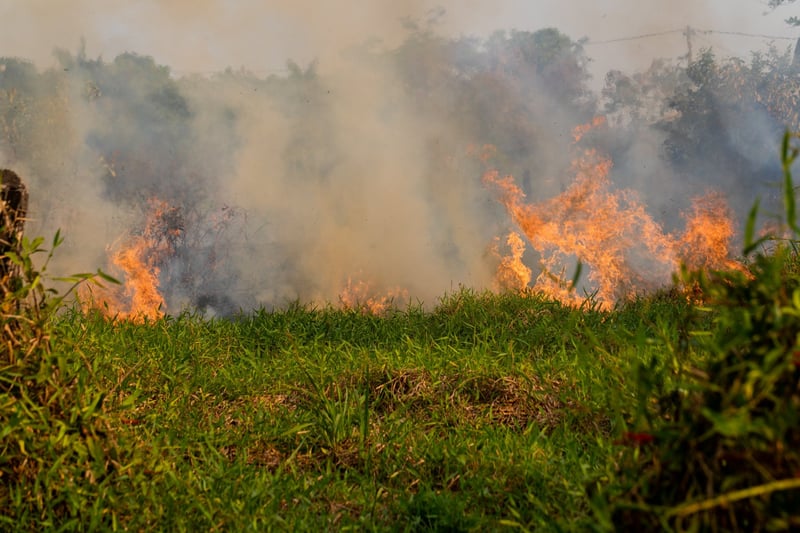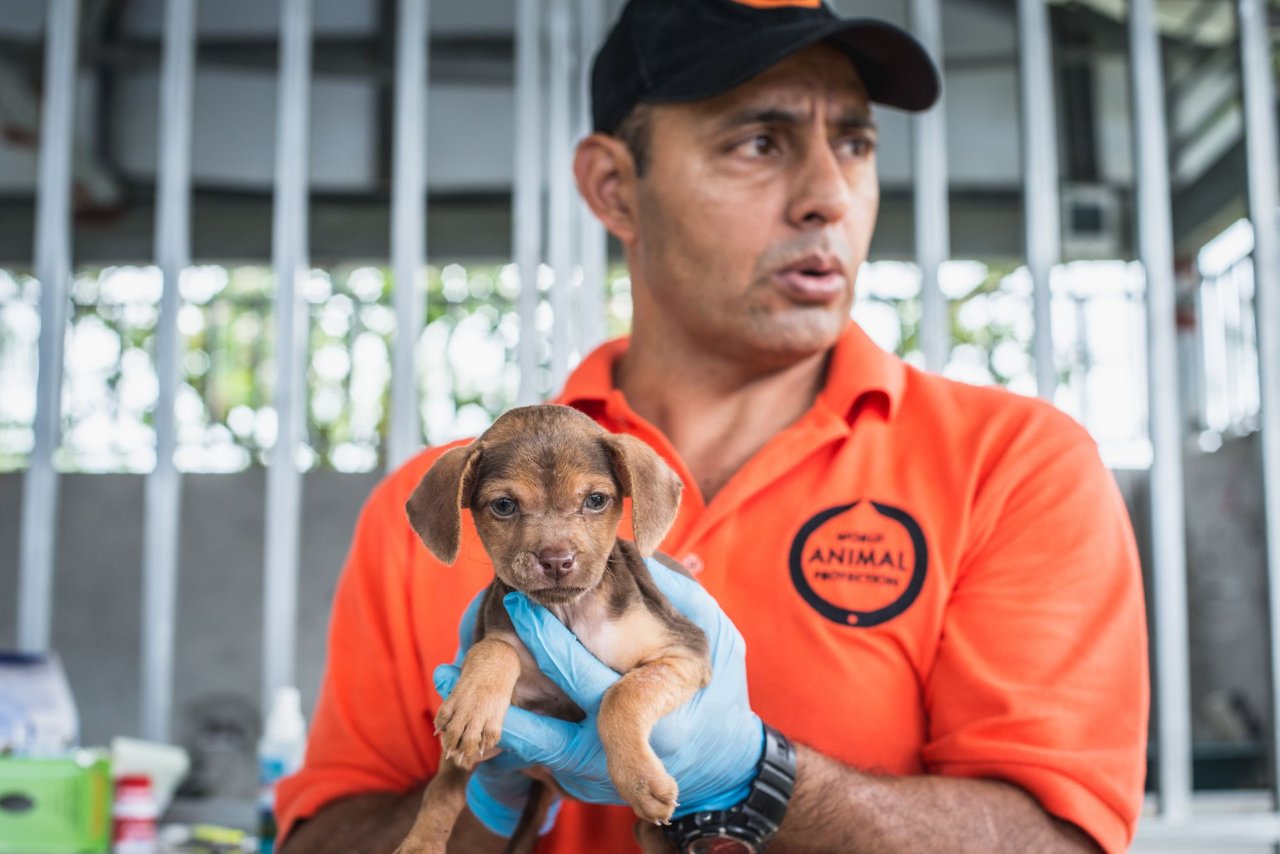
Heatwaves and wildfires are becoming more intense and widespread
News
How can you protect animals, people, and the planet?
The threat of wildfires rising for many parts of the country – putting human and animal life at risk. Already we’re hearing about communities being forced to evacuate with their loved ones, which includes pets. Globally, we’re seeing record-setting temperatures across the UK, Western Europe, Japan, parts of Africa, the Middle East, and China.
As the climate changes and these hot and dry conditions become more intense and widespread, more wildfires will burn across the planet. We must act today to stop the loss of lives – animals and people – and to ensure we don’t devastate life on our planet.
What can you do?
The most immediate thing you can do is be prepared in case of an emergency. The threat of wildfires is rising fast in many parts of the country and being prepared can be the difference between life and death.
There are many organizations that have resources to help you prepare for a disaster, including the Government of Canada’s Get Prepared program.
1. Include your pets in your emergency plan
Pets are part of your family and should absolutely be included in your emergency preparedness. By making an emergency plan that includes your family pet, you will be prepared to evacuate fast or stay put with enough supplies during an emergency.
We developed an emergency preparedness checklist to help you keep your pet safe:
- Pet emergency preparedness checklist (8.5x11)
- Pet emergency preparedness checklist - wallet size (3.5x2.5)
Review our checklist to help you get started on your emergency plan today!
World Animal Protection disaster response officer helping out a pet after flooding devastated Costa Rica (2018).
2. Emergency preparedness for farm animals
If you raise farm animals, the Government of Canada also has resources to help you make an emergency plan for them too.
Animals should never be forgotten from emergency planning. With our long history of disaster response and disaster risk reduction work, we know that taking action before a disaster is critical.
Working to reduce the risk of disasters and build resilience saves lives and lowers the overall cost to recover and rebuild.
It’s the same thinking when we consider how a changing climate is creating more intense and frequent disasters. We should be preparing for the next wildfire so we can respond to protect habitats, animals, and communities, but we should also be tackling the root cause of these disasters.
3. Support efforts to curb climate change
As our planet's climate continues to reach new extremes, wildfire season in Canada has become more intense, widespread, and longer. These are some of the many impacts of climate change and we’re seeing the same thing across the globe – higher highs and lower lows. This creates conditions that lead to more frequent and severe disasters.
There are many individuals and organizations working to fight climate change and who deserve our support. We encourage you to seek out and support efforts to combat this global issue.
4. Contact your Member of Parliament (MP) about climate change
You can raise this issue with your government representatives, especially your MP.
Let them know that climate change is an important issue for their constituents and urge them to take more or stronger action on this issue.
Find your MP on the House of Commons website.
5. Help change our food system
Did you know animal agriculture is a leading cause of climate change?
Animal agriculture accounts for a whopping 14.5% of greenhouse gas emissions (GHGs) and is the primary source of methane and nitrous oxides, the most potent of the three main greenhouse gases.
Globally, the demand for cheap meat is rising and companies are looking to increase production to meet this demand, ultimately to generate more profits. As animal agriculture expands, it’s contributing to climate change as well as other destructive impacts.
As global animal agriculture expands, it’s leading to the following:
- The destruction of forests to clear land for more farmland. This destruction includes critical habitats and it’s the primary driver of biodiversity loss.
- More animals are being bred, leading to increased GHG emissions and a massive amount of water and other resources are used to raise them.
- Farming methods are being intensified to increase scale and production, leading to more animals being kept in close-confinement and other low welfare conditions that lead to suffering.
The plan to tackle climate change must include animal agriculture. Read and do more:
- Canada's plan to tackle climate change must include animal agriculture
- COP27 and animal agriculture: What’s the connection?
- Reduce your meat consumption by trying our meatless meal planner
6. Let’s work together
At World Animal Protection, we know that human, animal, and our planet’s welfare are all connected. This is why we advocate for a One Health, One Welfare approach, acknowledging this deep interconnectedness reminds us that we cannot and should not try to solve the world’s biggest challenges in isolation.
We are all part of a shared world – human, animal, and planetary health are connected. We all play an important role in keeping the planet healthy and we all feel the impact when that interconnection is ignored.
Further reading:
Top image: World Animal Protection / Noelly Castro
